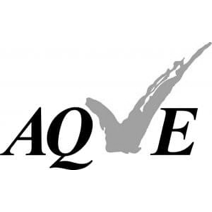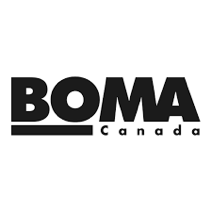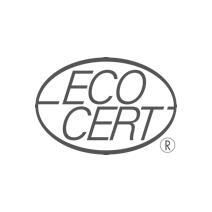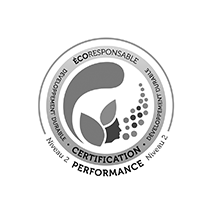"When faced with a contamination issue, they guided us through resolving the numerous challenges that emerged. Dealing with this kind of unpleasant surprise exposes property owners to a plethora of proven or potential problems. From the outset, Spheratest provided us with the best advice for carrying out decontamination according to industry standards. The company has always demonstrated diligence regarding deadlines. The staff is always courteous, punctual, and available. Everyone I encountered was highly knowledgeable in their field. Furthermore, Spheratest has always been transparent about costs, a major factor in such a stressful ordeal. They are a group of people for whom quality seems to be a cardinal value. Moreover, they treat you as a human being. In such a trial, this is invaluable. It is a top-notch company that I highly recommend."
"I wanted to highlight the excellent work of your project manager. It's truly pleasant to work with her. She is reliable, follows up diligently, and summarizes the issues very well. Our calls last an average of 3 minutes; she doesn't waste my time, and I have all the information I need. It's perfect."
"Thank you very much, I have always felt that you are very professional people. I can tell you that we feel confident with you and see such a difference. Thank you for being on our path to help us navigate through a situation for which we would have otherwise passed, believe me."
"On my site, I expected phases 1 and 2 to be a necessary step, and that we wouldn't discover anything more than what I already knew. But that was not the case. The Spheratest team accompanied me throughout the soil decontamination and rehabilitation process, which was long and full of challenges. Fortunately, they were patient in answering my 1001 questions in the face of my total lack of understanding of what we were finding with every shovel of dirt. They were diligent, available, present, understanding, and flexible to adapt to everything my site required. I greatly appreciated working with the Spheratest team, particularly Isabelle and Benoit, with whom I had many exchanges."




